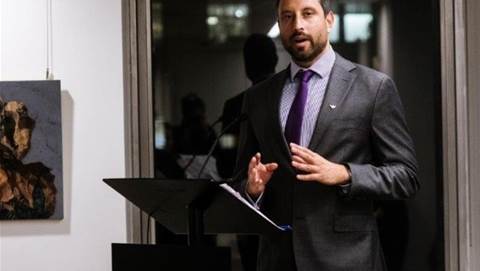A disciplined IT team is a creative organisation

"The consummate leader cultivates the moral law and strictly adheres to method and discipline; thus it is in his power to control success."
The "moral law" relates to attributes of the management team who lead by example.
The operating principles they found are methods and discipline that organise "troops" into divisions, management hierarchy (the graduation of rank among officers), tools and supplies and finances for "campaigns".
Discipline and control is how we produce consistent, quality results and high productivity. One of the most important control regimes is IT change control, which requires adherence to approved processes to ensure changes are lodged, reviewed, approved, communicated, tracked and closed by authorised personnel.
Controls are not handcuffs restricting innovation and creativity. Well disciplined design and build functions provide in the long term solutions that are easier to maintain than those that bypass policies and standards. We need proof-of-concept testing but it must be isolated from production systems.
Rigorous change controls keep systems standardised such that everyone can use them.
Ask yourself: In your business, how do you roll back an unauthorised, undocumented change causing problems to the quarter-end run on a production server when the tech who made the change to boost performance is absent?
Imagine the extended outage and wasted hours troubleshooting this critical system to find what caused the failure owed to a lack of method and discipline.
 |
| Disciplined teams with clear controls are at their most creative. |




_(5).jpg&h=140&w=231&c=1&s=0)



.png&w=100&c=1&s=0)

 iTnews Benchmark Security Awards 2025
iTnews Benchmark Security Awards 2025
 Digital Leadership Day Federal
Digital Leadership Day Federal
 Government Cyber Security Showcase Federal
Government Cyber Security Showcase Federal
 Government Innovation Showcase Federal
Government Innovation Showcase Federal
 Digital NSW 2025 Showcase
Digital NSW 2025 Showcase












_(1).jpg&h=140&w=231&c=1&s=0)



